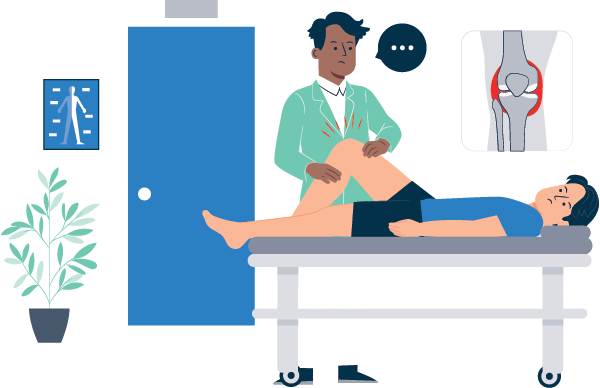The chart below lists the 10 most common types of nursing care recorded in 2021. The various types of nursing care are grouped into 6 domains:
|
Domain 1: Care for basic, physiological functions
Domain 2: Care for complex, physiological functions
Domain 3: Behaviour
Domain 4: Safety
Domain 5: Family and household
Domain 6: Healthcare policy
|

|
The monitoring of biological and vital parameters is recorded in 90% of care periods. This nursing care focuses on detecting or preventing complications and involves tasks such as measuring body temperature, blood pressure or respiratory rate.
Five of the 10 most common types of care fall within domain 1, which groups all forms of nursing care that address the patient’s basic needs.
10 most common nursing care in a care period in 2021
In second position on the chart are nursing activities related to feeding. In 60% of care periods, the patient is monitored while eating or is supported to eat. This includes activities such as evaluating food intake, advising mothers on breast and/or bottle feeding, or monitoring a patient who must remain sober.
Fourth, sixth and seventh place are occupied by three interventions aimed at promoting the patient’s physical comfort, such as pain management. These types of care are performed in about 40% of care periods.

|
Pain: A focal point for better care
Pain recording and evaluation are essential aspects of nursing care[1]. Nurses play a critical role in improving pain management. Pain has a significant impact on patients’ health and well-being. Research has shown that inadequate pain management leads to poor wound healing, thromboembolic events, pulmonary complications, longer stays in intensive care units and hospitals stays and an increased risk of developing chronic pain.
Unfortunately, 80% of post-operative patients still experience pain, according to the surveillance report by the Care Inspectorate. In addition, not every patient record meets the minimum requirement of two pain records per day. It is also notable that pain scores are completed less consistently compared to other vital parameters such as blood pressure, pulse and temperature.
There are various reasons for these problems. On the one hand, pain is a relatively new vital parameter, so nurses may lack knowledge about pain management, the appropriate use of analgesics, assessing pain and misconceptions about opioids and addiction. On the other hand, patients report that they were not adequately made aware of the pain to be expected and of pain management.
To improve pain management, the following recommendations are made:
-
- Raise awareness of all aspects of pain issues among healthcare providers
- Increase nurses’ knowledge of symptoms, complications and interventions related to unmanaged pain by means of education programmes.
- Develop, implement and evaluate a scientific hospital-wide algorithm for pain management.
- Evaluate the level of satisfaction with pain management using Hospital Consumer Assessment of Healthcare Providers and Systems (HCAHPS) scores before and after implementation of the education programme and algorithm.
|
[1]Source: Improving Patient Satisfaction With Better Pain Management in Hospitalized Patients The Journal for Nurse Practitioners Volume 13, Issue 1, January 2017, Pages e23-e27 https://www.departementwvg.be/sites/default/files/media/documenten/rapport_az.pdf

